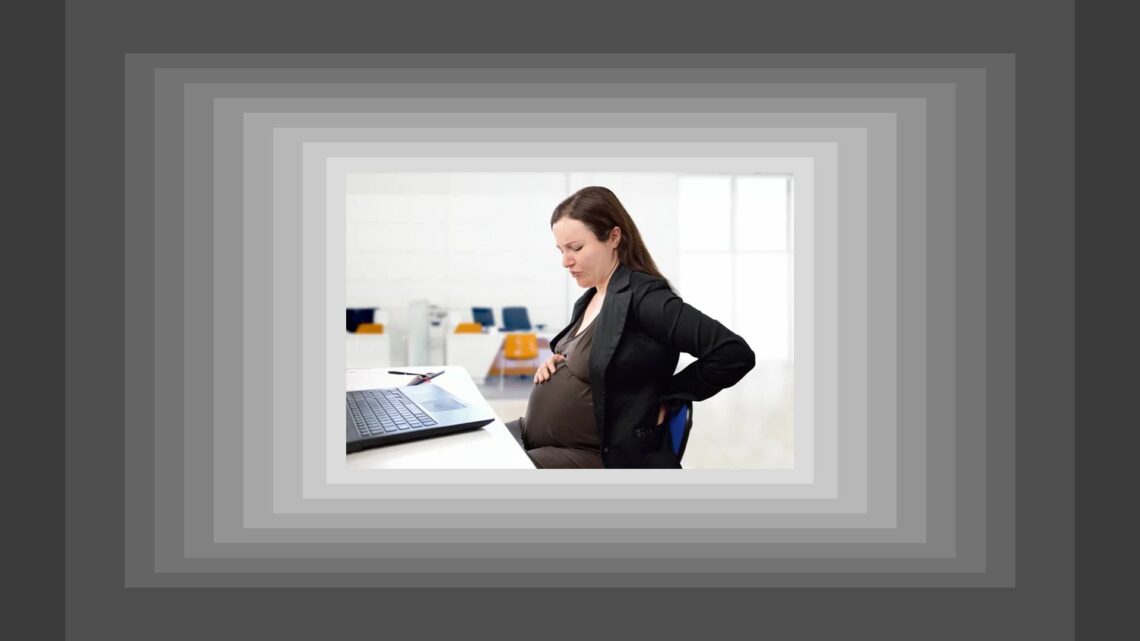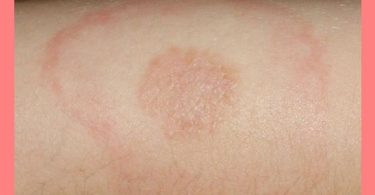
Helen was expecting her 3rd baby and had planned a home birth as her experience in hospital with the birth of her 2nd child had been horrible. She phoned me at 8.40am 2 weeks and 4 days after her due date, to let me know that she had started having mild contractions. I arranged to visit her at 12.45pm, but she could call me if I was needed before that.
When I arrived Helen was very relaxed, the contractions were still gentle, her husband, two sons and her mother were with her and there was an air of celebration in the house. About an hour later Helen’s midwife called around to see how everything was going. She examined her and found that there was no dilation, but the cervix was effacing (flattening). Helen was disappointed but not surprised, as the contractions were so mild. Her midwife said she was happy with how everything was progressing, albeit slowly. She had been up all night at another home birth, so as it looked as if it would be a while before the baby would be born, she felt it best that she handed over to another midwife. At 2.30pm both the midwife and I left the family to themselves.
At 4.15pm Helen phoned me in tears to say her contractions had stopped and would I please come round. When I arrived the atmosphere of celebration had gone, to be replaced by one of tension and fear. The new midwife was anxious because the baby was overdue and it was over 7 hours with no dilation of the cervix. She had suggested that Helen be prepared to go into hospital to have her baby. It was just after hearing this that her contractions stopped. I was extremely surprised by the midwife’s reaction, as I knew that there was no reason for panic or worry; the waters hadn’t broken so there was no likelihood of infection and the baby’s heart rate was normal (I later found out that this midwife had never attended a home birth before). So after giving Helen a Caulophyllum 200 to encourage the contractions to begin again, I put Aconite 200 into a water filled spray and sprayed the birthing room and all the downstairs rooms to lighten the atmosphere.
Unfortunately the Caulophyllum, despite repetition, did not bring on the contractions, so after half an hour I gave Emerald 200 which is useful in a slow birth where the indicated remedy doesn’t work. By 5.30 pm her contractions were regular, coming every 10 minutes, lasting ¾ of a minute.
At 9.15pm Helen was examined again and found to be 4 cm dilated. The contractions were coming every 6 to 7 minutes and lasting around a minute, so she decided to have a bath to help stimulate the contractions and for relaxation. She was feeling a little dispirited as she had thought she would be further on, but I reminded her that getting to 4 cm was the slowest part of birth and she was now in the accelerated stage. Sure enough it wasn’t long before Helen was totally lost in her labour and asked for a remedy to help with the severe stitching contraction pains in her lower back, which extended into her bottom. Kali carb 200 was given and brought relief. Kali carb was repeated as needed until she reached 2nd stage.
By 10.45pm Helen’s contractions were coming every 3 minutes and lasting 1 ½ minutes. Another, more experienced midwife had arrived to support her colleague with the delivery of the baby. Her waters broke a little after that. She started to shake and tremble, felt cold and was getting the urge to push with her contractions, which were now lasting two minutes. However she was not quite fully dilated, so had to use her breathing to stop herself. I gave her Gelsemium 200, a very useful remedy for transition with these symptoms and the shaking calmed down. About 10 minutes later she was told she was fully dilated and could push. Helen’s third son was born at 11. 31pm. The placenta was delivered naturally 7 minutes later. Helen’s younger sons were woken up so they could meet their new brother. Once the midwife had done all her checks and tidied up, we left Mum, Dad and their 3 boys cuddled up in bed.
Throughout the birth Helen stayed active and used a variety of upright positions. She had wonderful support from her husband and mother, who were always full of encouragement, telling her how brilliant she was and how well she was doing. The way that the birth was slow to start, then really speeded up after 4cms, is normal in childbirth. I have been present at many births and this was the only time I experienced a midwife who was anxious about this. Her anxiety was in fact not about what was happening, but her fear of delivering a baby at home. It’s interesting to note that Helen’s contractions stopped when she felt unsafe due to the midwife’s anxiety and subsequent pressure. A calm, positive atmosphere during childbirth is so important.
Caulophyllum
Severe, spasmodic, intermittent, short or irregular contractions without progress. Spasmodic pains which ‘fly’ from one place to another; contractions have no coordination. Needle-like pricking pains in the cervix. Contractions cease or dilation is slow, which can be from exhaustion. Caulophyllum develops effective contractions and is the main remedy to bring labour on, when baby is overdue.
Emerald
Facilitates an easy delivery. Useful in a ‘stuck’ or slow labour where there are no clear indications or where the indicated remedy doesn’t seem to working. You may need to repeat indicated remedy after giving Emerald.
Gelsemium
Shivering/shaking. Coldness.
Kali Carbonicum
Contractions remain far apart despite the woman having been in labour for a long time. Exhaustion. Contractions felt in the back, hips, bottom and/or down the thighs. Contractions tend to be sharp and stitching. Sharp cutting pains around the lumber region. Pains in the back. Much better for pressure on the lower back, but worse slight touch. Useful if baby is in a posterior position, hence the pains in the back. She is anxious, fearful, irritable. < for slight touch but > for pressure on the lower back.
www.southerncollegeofhomeopathy.com






Home delivery requires lot of courage and boldness from the patient as well as physician attending her. It is amazing to note that proper homeoapthy medicines were selected and could aid the delivery with out any problem. In India, ancient times, delivery was taking place in homes only with the experienced elder family members only.
What a wonderful story about how to truly help a mother deliver her baby. It’s all about support, support, support, and more support – and then, every now and then when needed, the right homeopathic remedy to ease difficult spots and promote the process.
Thank you for a lovely story of homeopathy helping provide a happy and healthy outcome to mother and baby.
Dear Dr.
That was a wonderful case of home delivery!!Thank you for sharing it with us.
this is vary remarkable case thanks but in india not possible because mumbai practioner act not permitted to done hompath to delivary